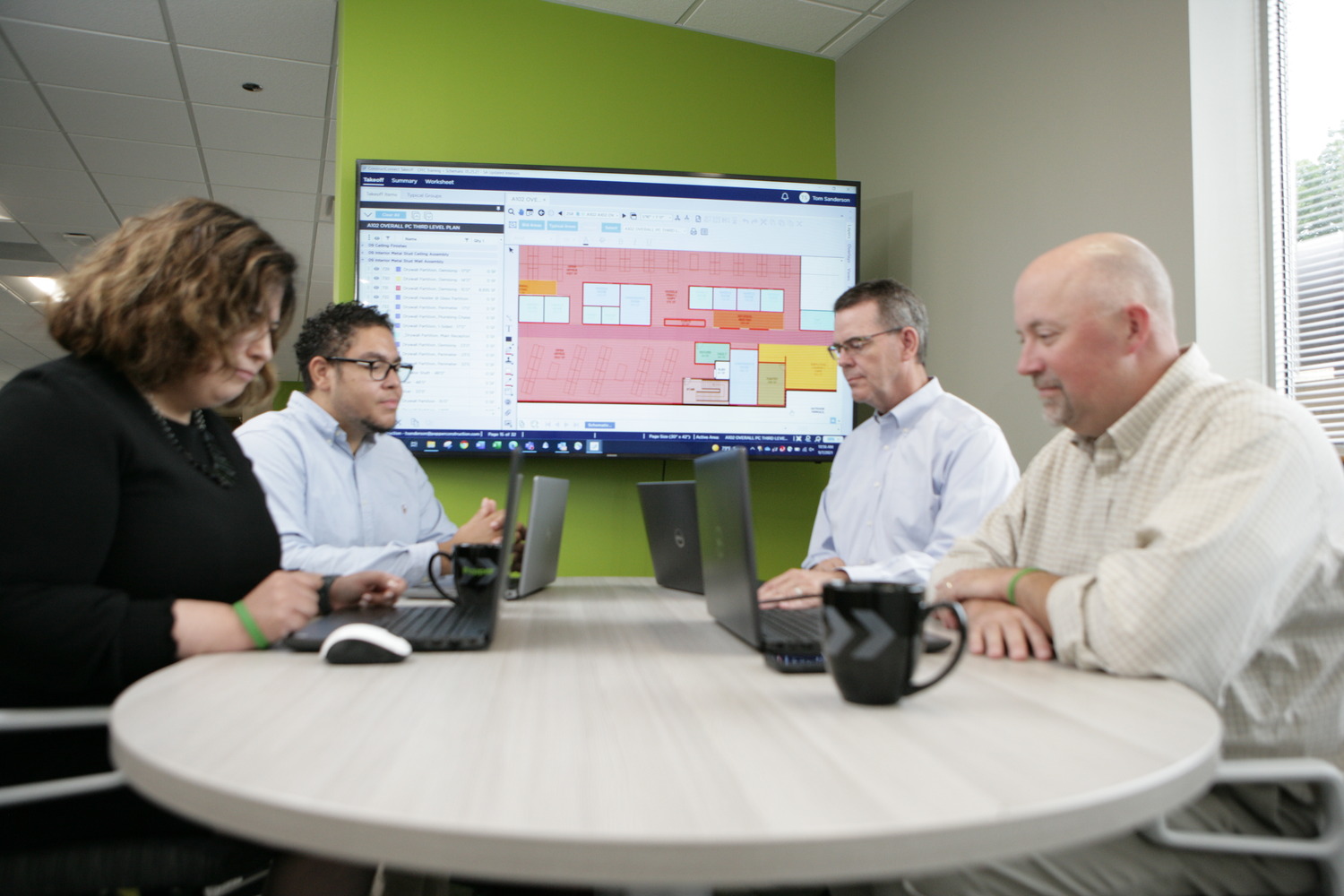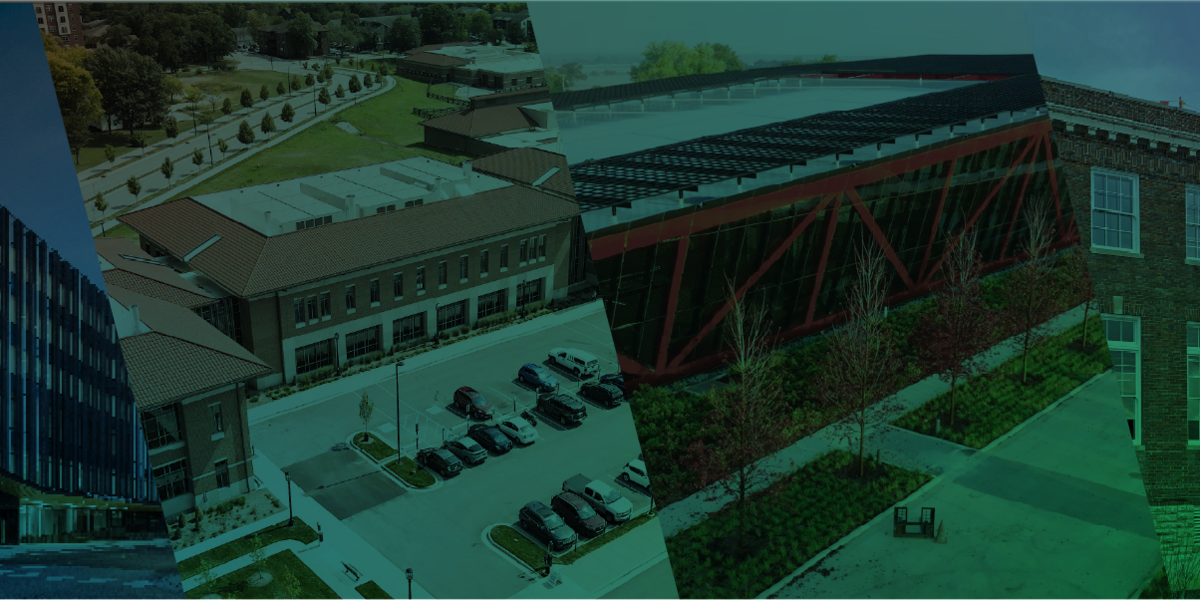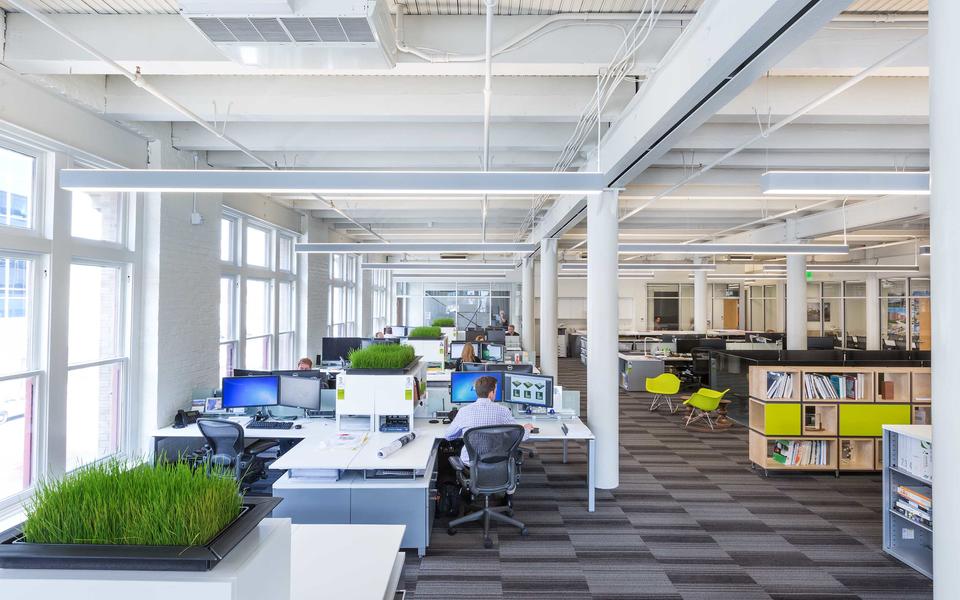High performance & sustainability
Many people are familiar with, or have at least heard about, "LEED certification." First launched about 20 years ago, it's the process through which a construction or renovation project ensures that it is reducing or eliminating negative environmental impacts and possibly creating positive ones. The main benefits of LEED certification will improve a building and company’s financial, environmental and health factors.
- LEED-certified buildings reported the following savings from 2015 to 2018:
- $1.2 billion in energy savings
- $715.3 million in maintenance savings
- $149.5 million in water savings
- $54.2 million in waste savings
The US Green Building Council (USGBC) - a non-profit organization that promotes sustainability in building design, construction and operation and introduced Leadership in Energy and Environmental Design (LEED) certification - reports that vacancy rates for green buildings are 4 percent lower than non-green properties. LEED-certified buildings also have the highest rents and lease-up rates up to 20 percent above average. Environmental benefits of LEED certification include 25 percent less energy consumed and 34 percent lower CO2 emissions. This program has many proven benefits, showing the investment is worth the payback in most cases. However, while this may be the most popular certification globally, others have emerged with proven benefits directed to benefiting the environment and human health.
When at an intersection, it's best to use a crosswalk
Whether at a busy intersection or exploring programs with similar elements, a "crosswalk" can be a useful tool. In this case, a crosswalk is a document showing which LEED credits apply to credits or requirements for other certifications, either partially, in full and vice versa. LEED is the go-to green building rating system for architects and builders worldwide. But in the quest to make our entire environment healthier and more sustainable, there are also other, specialized ways to achieve established goals for a project. Some other certifications that contribute to LEED or that it contributes to include the following:
- Parksmart (parking structures)
- SITES
- WELL
- TRUE-Zero Waste
- EDGE (Excellence in Design for Greater Efficiencies) for green buildings
- PEER (Performance Excellence in Electricity Renewal) for power systems and electricity
The synergies between these certifications and LEED are what is included in a crosswalk document. To determine which certifications to pursue, you should look into which certifications align best with the vision for the project’s impact on the environment and human health. Then you must address the feasibility of these certifications for your project’s vision and budget.

How do we consider another certification for our project?
It is likely that no one person has the time to research and be an expert on every green certification available. Especially since new programs and features are continuously being improved and introduced to the market. If LEED or another program listed above is already being considered for your project, consider exploring the crosswalks available on USGBC’s website to see which others may be the most feasible or easily achieved. Click the button below to read more.
Here's a head start!
From the crosswalks available on USGBC’s website, notable program synergies are as follows:
WELL Certification sets the standard for health leadership and promotes a positive environment for a building’s occupants. There are 20 credits that are equivalent between LEED v4.1 interiors and WELL v2. Additionally, 23 credits in each align between certifications. Between LEED v4.1 New Buildings and WELL v2 22 credits are equivalent and an additional 29 align intents. By pursuing both, the project team is making a statement that the building supports not only the community and the environment where it is located, but the people who occupy the building as well.
SITES Certification is a rating system that guides, evaluates, and certifies sustainability and resilience in the design, development and management of landscapes and other outdoor spaces. Any LEED v4 project can automatically earn all of the points in the Sustainable Sites credit category when they achieve SITES v2 Gold certification or higher. As part of this, projects would not need to separately document their LEED Sustainable SITES credits after achieving SITES certification. This certification prioritizes biodiversity and mitigates climate change while conserving resources and improves public health by providing economic benefits.
Parksmart is a lesser-known certification that applies to parking structures within a LEED project boundary. Formerly known as Green Garage Certification, Parksmart offers a lifetime of returns for parking structures through reduced operational costs, increased energy efficiency and better lighting and ventilation. The goals of Parksmart complement those of the LEED certification program where 26 LEED v4 BD+C credits apply to 16 comparable Parksmart credits, equaling a maximum of 96 potential points obtained for this certification from achieving LEED. Only 110-134 points are needed for Bronze certification, the lowest option for new buildings. The remaining points could be achieved by the design already being implemented with low-VOC materials, designing for durability, wayfinding systems, proactive operational maintenance, or even its location.
By comparing your initial LEED scorecard with the crosswalks available, you can compare how many credits are already achieved and determine if it’s realistic to pursue an additional certification for little to no added effort or design adjustments.
Build up your passion project
A recent study by the U.S. General Services Administration (GSA), finds that high-performance buildings save energy, save water, cost less to operate, produce less waste and have more satisfied occupants compared with typical buildings. In short, they deliver cost savings and tenant satisfaction. By achieving a valid green certification, you are having a credible third party confirm that your project meets high performance standards. By opting into a second certification that expands on the principles incorporated in LEED or maybe introduces a new focus, you will be increasing the impact your structure makes on the people and planet and in turn increasing the benefits your team receives.
Passion for green buildings has spread like wildfire. Now we need to focus on how these sustainable initiatives and the knowledge we've gained from them can coexist and support each other. This will allow us to design better, and in turn, build better buildings for the environment and the people they impact.


